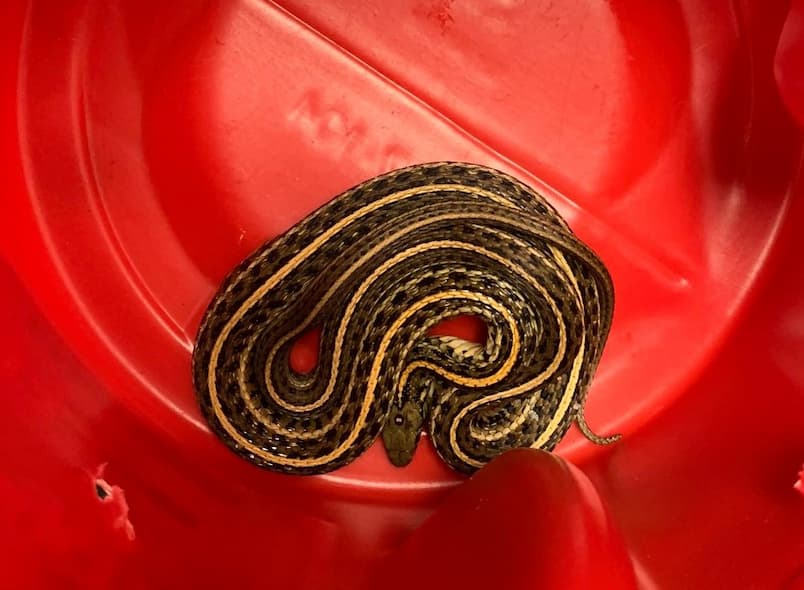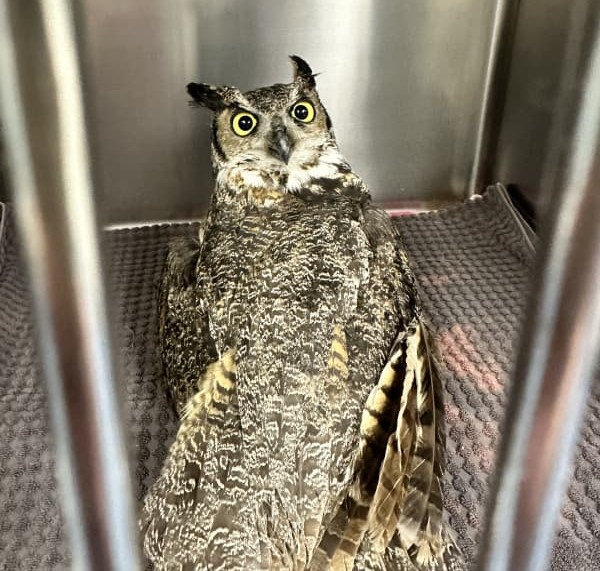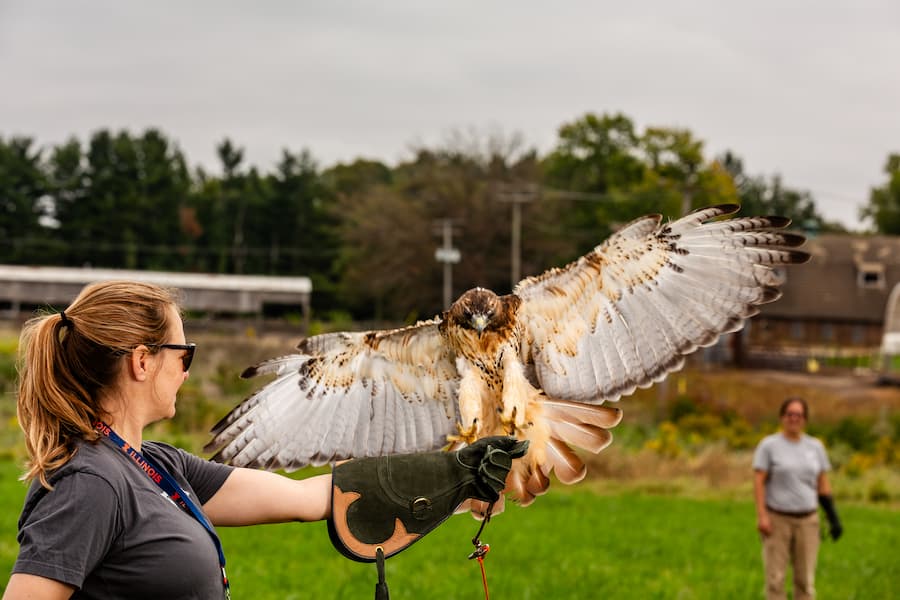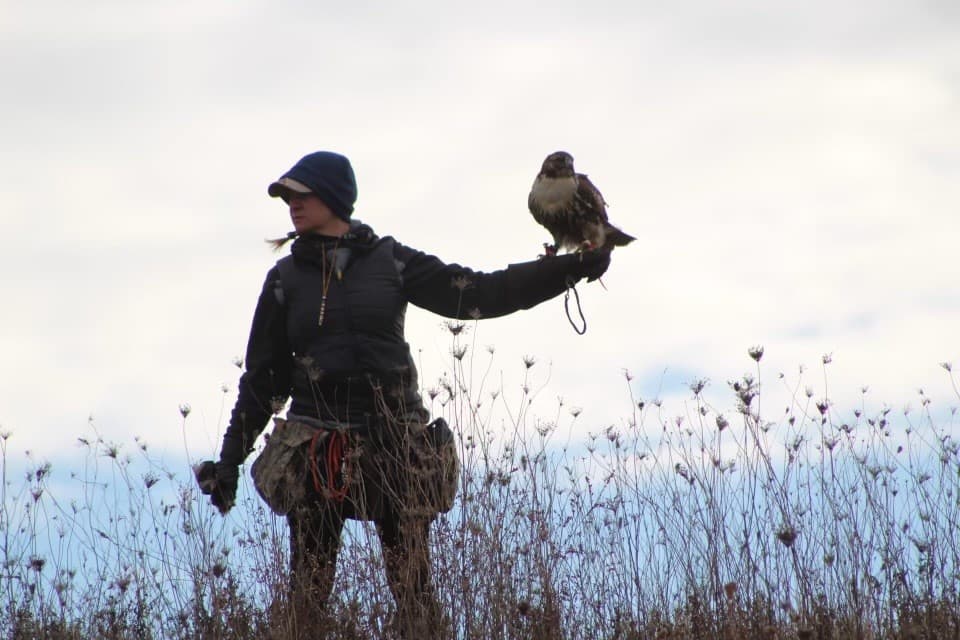Snakes, an animal group that frequently causes fear in people. Whether it be due to them having scales, their quick and unique locomotion, or maybe it’s the fact that some are deadly.
Unfortunately, due to this fear, most snakes get grouped as dangerous and sometimes are killed because of this misconception. I was encouraged to hear that studies have shown that learning more about snakes and the species in your area can help alleviate some of these fears and hopefully cut down on people harming these beneficial creatures. As an outspoken snake lover, I would like to address some common questions people may have.
Are snakes venomous or poisonous?
Snakes are not poisonous, but rather venomous. A poisonous animal is one that contains a toxin that can infect a predator through skin contact or consumption. For example, if I were to eat a Poison Dart Frog, I would consume something poisonous. Venomous animals are ones that inject a toxin into something through a bite. Since some species of snakes inject venom through their fangs, they are referred to as “venomous.”
How can I tell the difference between a venomous/nonvenomous snake?
It is incredibly important to know the difference between venomous and nonvenomous snakes. While this article talks a lot about venomous snakes, it is important to remember that most of the snake species in Illinois are non-venomous. Illinois has forty species of snakes and only four of those species are venomous. Of those four species, two are only found in southern Illinois.
One way that you may realize you have encountered a venomous snake is by the presence of a rattle on the end of the tail. While only two of the venomous snakes in Illinois have rattles, the other two behave as if they have a rattle and will shake their tail and create a buzzing noise if disturbed. These venomous snakes with rattles are called rattlesnakes and they have specialized hollow scales at the tip of their tails that make a buzzing noise when they vibrate against each other. If you hear this noise or see a snake that has this structure on their tail, it’s best to stay away.
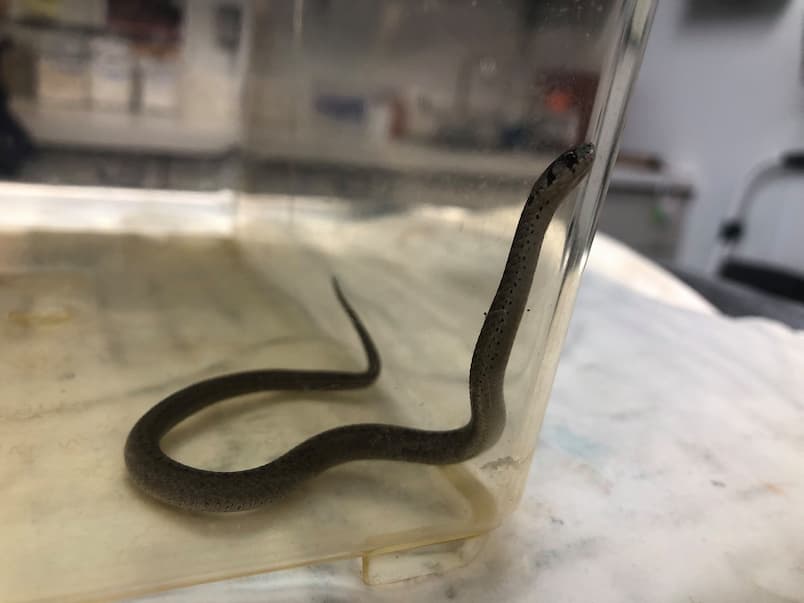
Of course, there are exceptions to the tail rule for both venomous and non-venomous species. Rattlesnakes can lose their rattles due to injury, and they do not grow back. In these cases, the snakes will have a blunted tail, not extending to a fine tip like non-venomous species. There are several species of non-venomous snakes that have also developed mimicry as a defense mechanism. For example, Fox snakes are known to rattle their tail against leaves to imitate the sound of a rattle. This video demonstrates how well they can replicate the sound:
https://youtu.be/_G3db-dnZ8A.
Since there are exceptions to the tail rule, it is important to have other ways to identify venomous snakes. Non-venomous snakes generally have rounded snouts, heads, and pupils. Venomous snakes generally have pointed snouts, heat sensing pits, and elliptical-shaped pupils. There are also differences in the scales below their vent, but this would be difficult to see from a distance. A good rule of thumb is to just keep your distance from any snake if you are not sure.
What are some local species?
Though they are mostly elusive animals that are skilled in not being seen, here are several local species in the Urbana-Champaign area that you may come across. The most common species are Garter Snakes, Northern Water Snake, Fox snakes, Rat Snakes, Smooth Green snakes, Red-Bellied Snakes, and Dekay’s Brownsnake. Though rare, you may come across an Eastern Massasauga, which is a venomous species. While the population has greatly decreased since 1980, it may still be possible to find remaining individuals. A full list of Illinois species can be found here: https://www.wildlifeillinois.org/gallery/amphibians-and-reptiles/snakes/
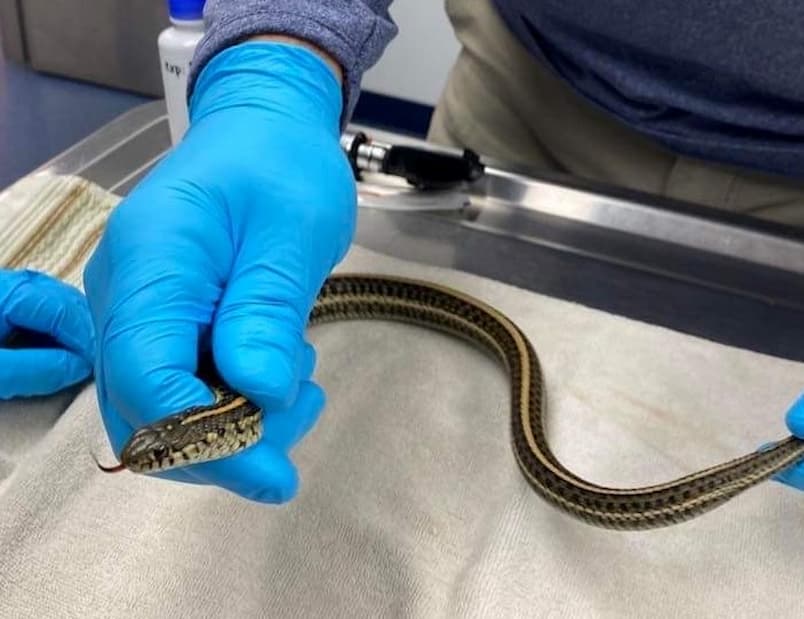
Why are snakes important?
Snakes play an integral role in the ecosystem. They can be predators but also prey for some. They are very beneficial as they keep rodent and insect populations at bay. They are food for birds of prey, some mammals, and even other snakes. Some snakes specialize in eating other snakes and one of those species resides right here in Illinois, the Kingsnake. While I know not everyone likes snakes, I hope we can all respect them and see their importance in the environment.
Written by Marg, class of 2026

